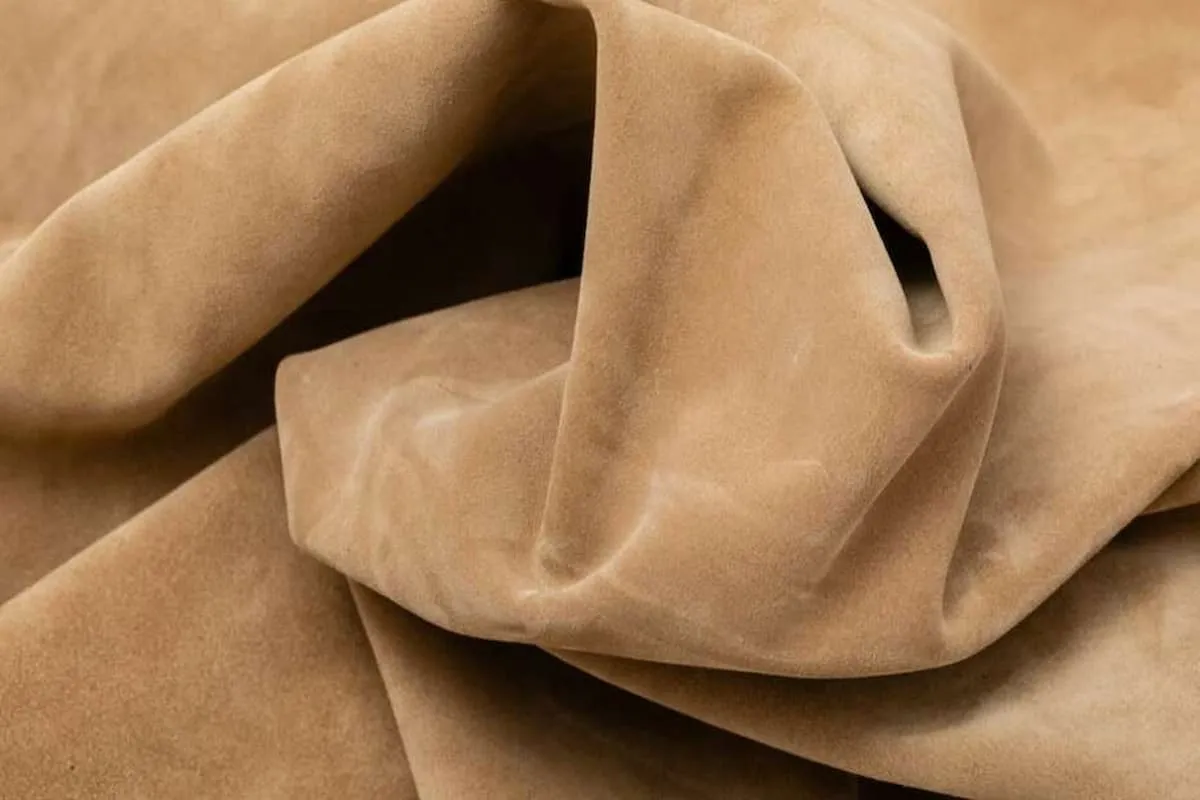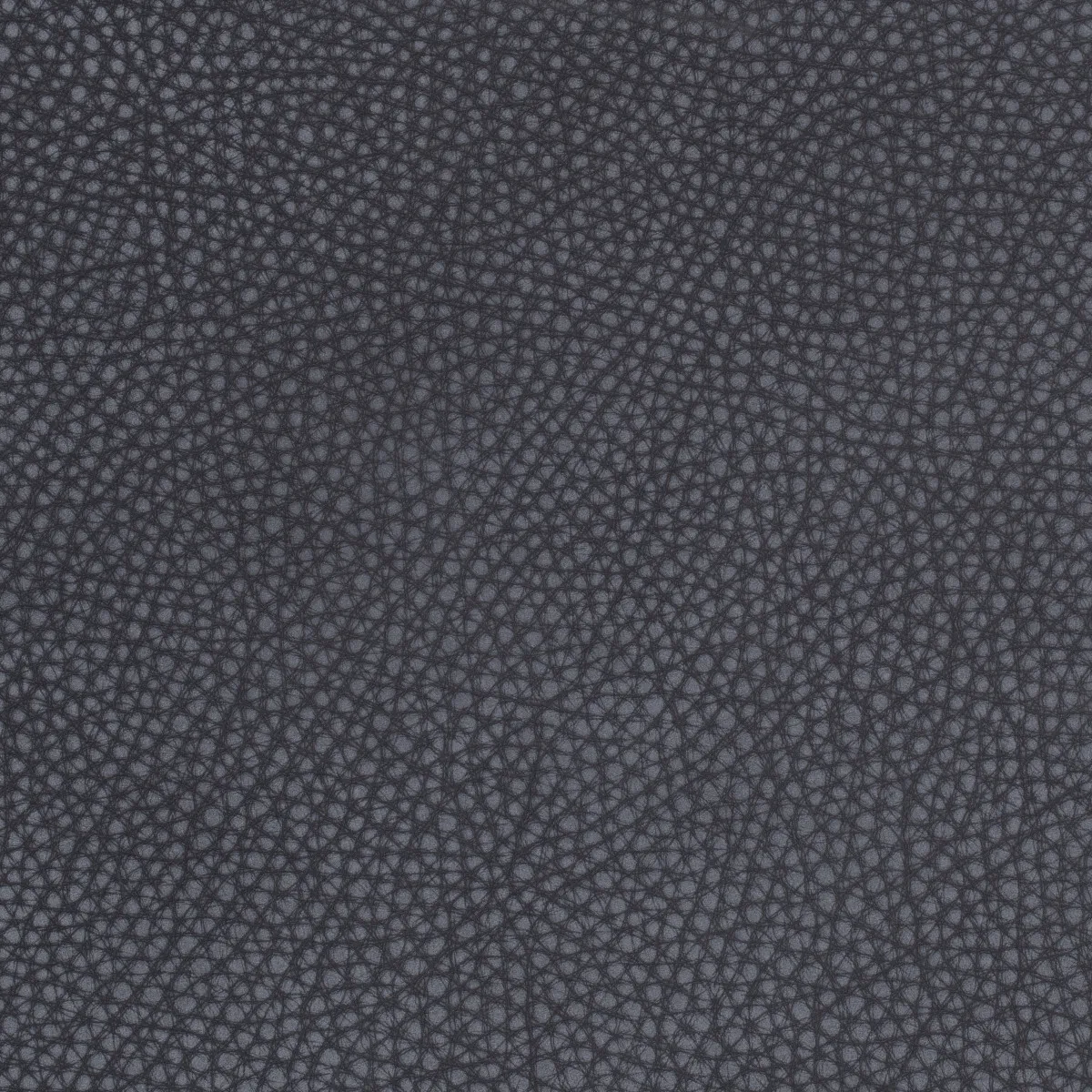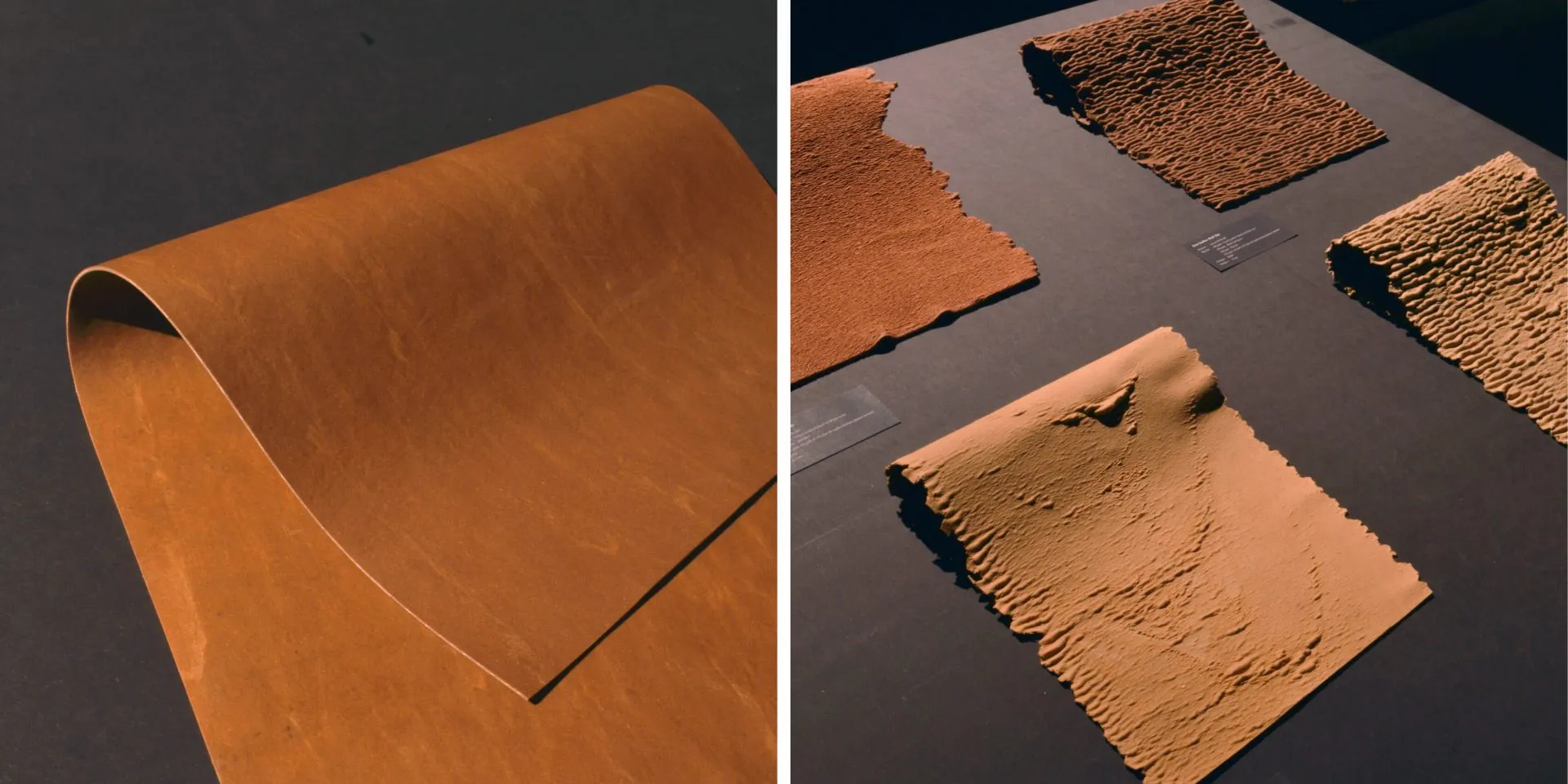Leather, a cherished material used for various applications, possesses a unique texture that sets it apart from other materials. The raw texture of leather carries with it a distinctive appeal, elegance, and durability that make it highly sought after in the fashion and interior design industries. In this article, we will delve into the characteristics, manufacturing processes, and popular leather types that contribute to the captivating raw leather texture.
I. Understanding the Raw Leather Texture:
A. Visual Appearance:
1. Natural Variations: The raw leather texture showcases a plethora of natural variations. These variations include grain patterns, wrinkles, scars, pores, and surface imperfections that contribute to its organic and authentic appeal.
2. Depth and Sheen: Raw leather possesses depth and sheen, which enhance its visual aesthetics. The depth refers to the variations in color, while the sheen refers to the level of glossiness or shine present on the leather surface.
B. Tactile Experience:
1. Softness and Flexibility: With use and time, raw leather becomes softer and more supple. This characteristic adds to the comfort and pliability of leather products.
2. Natural Warmth: Leather has the ability to absorb and retain body heat, providing a warm and cozy experience when in contact with the skin.
II. The Manufacturing Process of Raw Leather:
A. Tanning:
1. Dry Tanning: This traditional method involves the use of natural tannins extracted from barks, leaves, or fruits. It results in a more organic and textured leather, preserving the natural characteristics of the hide.
2. Wet Tanning: In wet tanning, chemicals such as chrome salts are utilized. This process offers more control over the final product’s characteristics, including texture, color, and durability.
B. Finishing:
1. Buffing and Sanding: To achieve a consistent texture, the leather surface is buffed or sanded. This process reduces imperfections and creates a smoother appearance.
2. Polishing: The raw leather surface may be polished to enhance its sheen and create a more refined finish.

III. Popular Leather Types and their Raw Texture:
A. Full-Grain Leather:
1. Characteristics: Full-grain leather is the highest quality type, featuring an untouched, natural texture that showcases the unique grain patterns and imperfections of the animal hide.
2. Appeal: The raw and unprocessed texture of full-grain leather provides a rugged and authentic look, with a richness and depth that only improves with age.
B. Top-Grain Leather:
1. Characteristics: Top-grain leather is sanded, buffed, and lightly corrected to remove imperfections, resulting in a more consistent texture. However, it still maintains the natural grain and durability of the hide.
2. Appeal: The raw texture of top-grain leather is smoother and more refined, providing a balance between durability and a sophisticated appearance.
C. Corrected-Grain Leather:
1. Characteristics: Corrected-grain leather is heavily buffed and treated to reduce imperfections. It is then embossed with an artificial grain pattern, resulting in a more uniform and replicated texture.
2. Appeal: While the raw texture of corrected-grain leather may not be as authentic as full-grain or top-grain leather, it offers a more affordable option for those seeking a leather-like appearance with a smoother texture.
D. Suede and Nubuck Leather:
1. Characteristics: Suede and nubuck leather are derived from the inner layer of the hide and have a velvety, fibrous texture. They showcase a unique raw texture that is both soft and luxurious.
2. Appeal: The raw texture of suede and nubuck leather offers a tactile experience that is unmatched, providing a sense of luxury and elegance.
Conclusion:
The raw leather texture holds a certain allure that remains in high demand across industries. As we explored the visual and tactile aspects of raw leather, together with its manufacturing processes and popular types, it becomes evident that the charm lies in its unique imperfections and natural variations. Whether you are a consumer, designer, or leather enthusiast, understanding the intricacies of raw leather texture enhances your appreciation for this timeless material.Exploring the Raw Leather Texture: A Comprehensive Overview of Business Implications
I. Introduction to the Business Applications of Raw Leather Texture

Raw leather texture is not only appreciated for its visual and tactile appeal but also holds significant business implications. In this section, we will delve into the various industries that rely on raw leather texture and how the unique characteristics of this material contribute to their success.
A. Fashion and Apparel Industry:
1. Luxury Brands and Designers: Raw leather texture is highly valued by luxury brands and designers who aim to create products with a premium and upscale appeal. The authenticity and natural variations found in raw leather lend an air of exclusivity to high-end leather goods, such as handbags, shoes, and accessories.
2. Contemporary Fashion Labels: Raw leather texture is also embraced by contemporary fashion labels that cater to a wide range of consumers. The rugged yet sophisticated look of raw leather adds a touch of uniqueness and individuality to their designs, appealing to fashion-forward individuals seeking a statement piece.
B. Interior Design and Home Furnishings:
1. Furniture Industry: Raw leather texture is a favored choice for upholstered furniture, such as sofas, chairs, and ottomans. The earthy and organic appeal of raw leather enhances the aesthetics of furniture pieces, creating a warm and inviting atmosphere in both residential and commercial spaces.
2. Automotive Industry: Luxury car manufacturers often incorporate raw leather texture into their interiors to elevate the overall perception of quality and luxury. The natural variations and depth of raw leather provide a tactile experience that enhances the driving experience.
C. Hospitality and Corporate Spaces:
1. Hotels and Resorts: The use of raw leather texture in hotel interiors, such as lobbies, lounges, and guest rooms, exudes a sense of elegance and luxury. The visual richness and durability of raw leather contribute to creating a welcoming and comfortable environment for guests.
2. Corporate Offices: Incorporating raw leather texture in corporate office spaces adds a touch of sophistication and professionalism. From executive chairs to boardroom tables, the use of raw leather conveys an image of success and high standards.
II. Harnessing the Benefits of Raw Leather Texture in Business:
A. Brand Differentiation:
1. Unique Brand Identity: Incorporating raw leather texture into product designs allows businesses to stand out from competitors. The distinctive appeal of raw leather sets a brand apart and creates a significant point of difference that attracts consumer attention.
2. Customer Perception: Raw leather texture conveys a sense of authenticity, craftsmanship, and quality. Businesses that utilize raw leather in their products build a reputation for excellence and are regarded as premium and trustworthy sources.
B. Enhanced Product Value:
1. Premium Pricing: Raw leather texture adds value to products, allowing businesses to command higher selling prices. Consumers are willing to pay more for the distinctiveness and perceived quality associated with raw leather.

2. Durability and Longevity: Raw leather is renowned for its durability, making it a wise investment for customers. The longevity of products incorporating raw leather texture ensures customer satisfaction and reduces the need for frequent replacements.
C. Environmental Sustainability:
1. Ethical Sourcing: Businesses that prioritize raw leather texture can choose suppliers committed to ethical practices, embracing sustainability and animal welfare. This gives consumers the confidence to support brands that are environmentally conscious.
2. Long-lasting Products: The durability of raw leather contributes to reducing waste and landfill accumulation. By creating long-lasting products, businesses actively participate in sustainable practices and promote a circular economy.
III. Challenges and Considerations in Utilizing Raw Leather Texture:
A. Supplier Relationships:
1. Consistent Quality: Maintaining a reliable and consistent supply of raw leather is vital for businesses. Assessing suppliers’ capabilities, ensuring adherence to quality standards, and implementing effective quality control measures are essential to meet customer expectations.
2. Ethical Sourcing: To address concerns related to animal welfare and sustainability, businesses must establish strong supplier relationships with reputable sources that uphold ethical practices throughout the raw leather supply chain.
B. Skill and Craftsmanship:
1. Skilled Labor: Businesses relying on raw leather texture need highly skilled craftsmen to manipulate and transform the material into finished products. Investing in training and retaining skilled artisans is crucial to ensure superior craftsmanship and maintain the integrity of the raw leather texture.
2. Design Innovation: Businesses must continually innovate to maximize the potential of raw leather texture. Collaborating with designers and incorporating unique design elements helps create products that captivate customers and remain relevant in the market.
C. Market Trends and Customer Preferences:
1. Evolving Customer Expectations: Customer preferences are subject to change, and businesses must stay attuned to market trends to fulfill evolving demands. Understanding how raw leather texture fits within current fashion, design, and lifestyle trends is vital for sustained growth and customer satisfaction.
2. Sustainable Alternatives: With increasing environmental awareness, businesses must explore sustainable alternatives to raw leather texture. The development of eco-friendly materials that emulate the characteristics and aesthetics of raw leather can appeal to conscious consumers.
IV. Conclusion:
The raw leather texture not only showcases its visual and tactile appeal but also holds substantial business implications across various industries. From fashion and interior design to hospitality and corporate spaces, businesses can leverage the unique characteristics of raw leather texture to differentiate their brand, enhance product value, and embrace ethical and sustainable practices. By understanding the challenges and considerations associated with utilizing raw leather texture, businesses can navigate this market effectively and create products that captivate consumers while staying true to their brand values.









